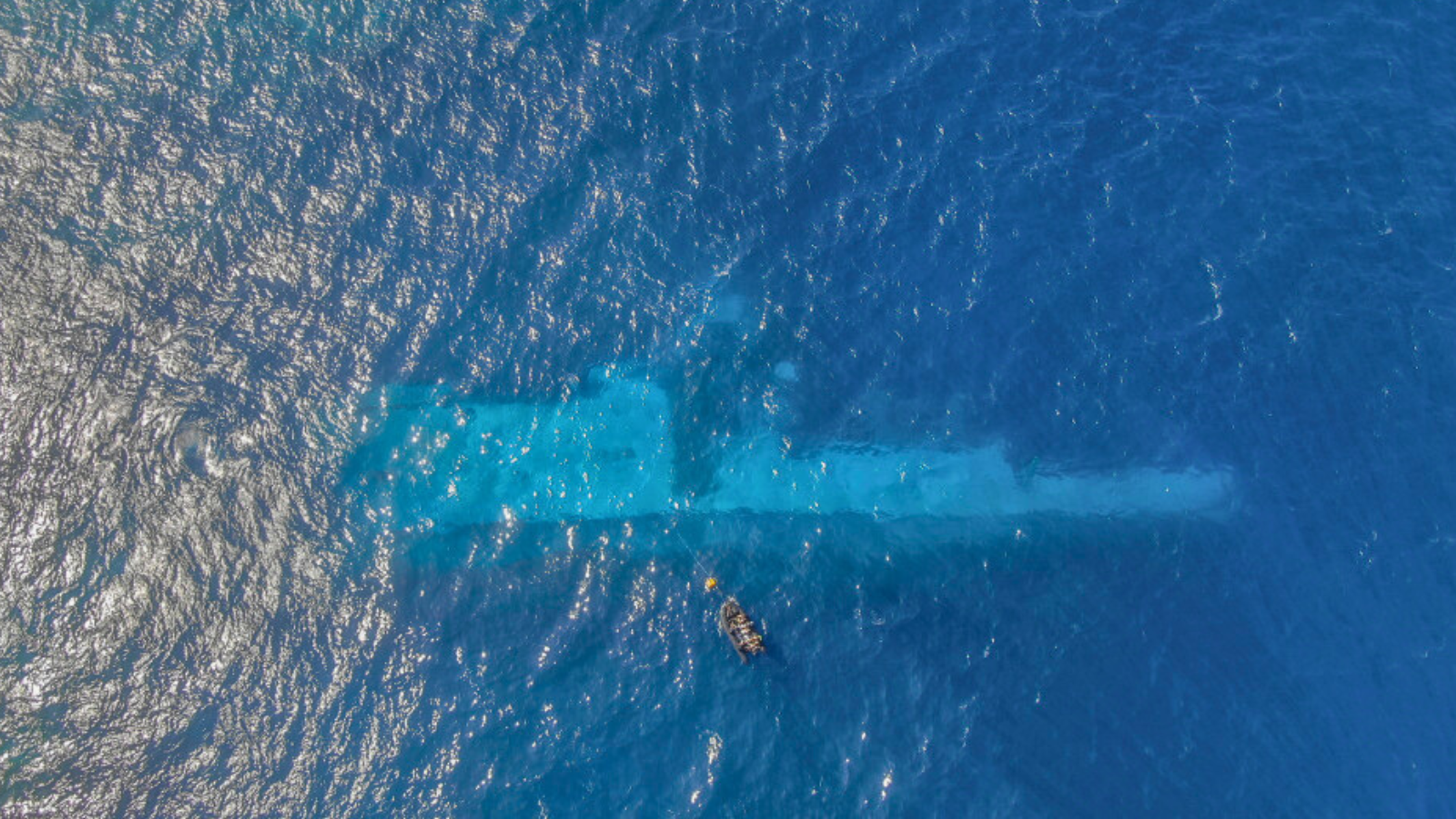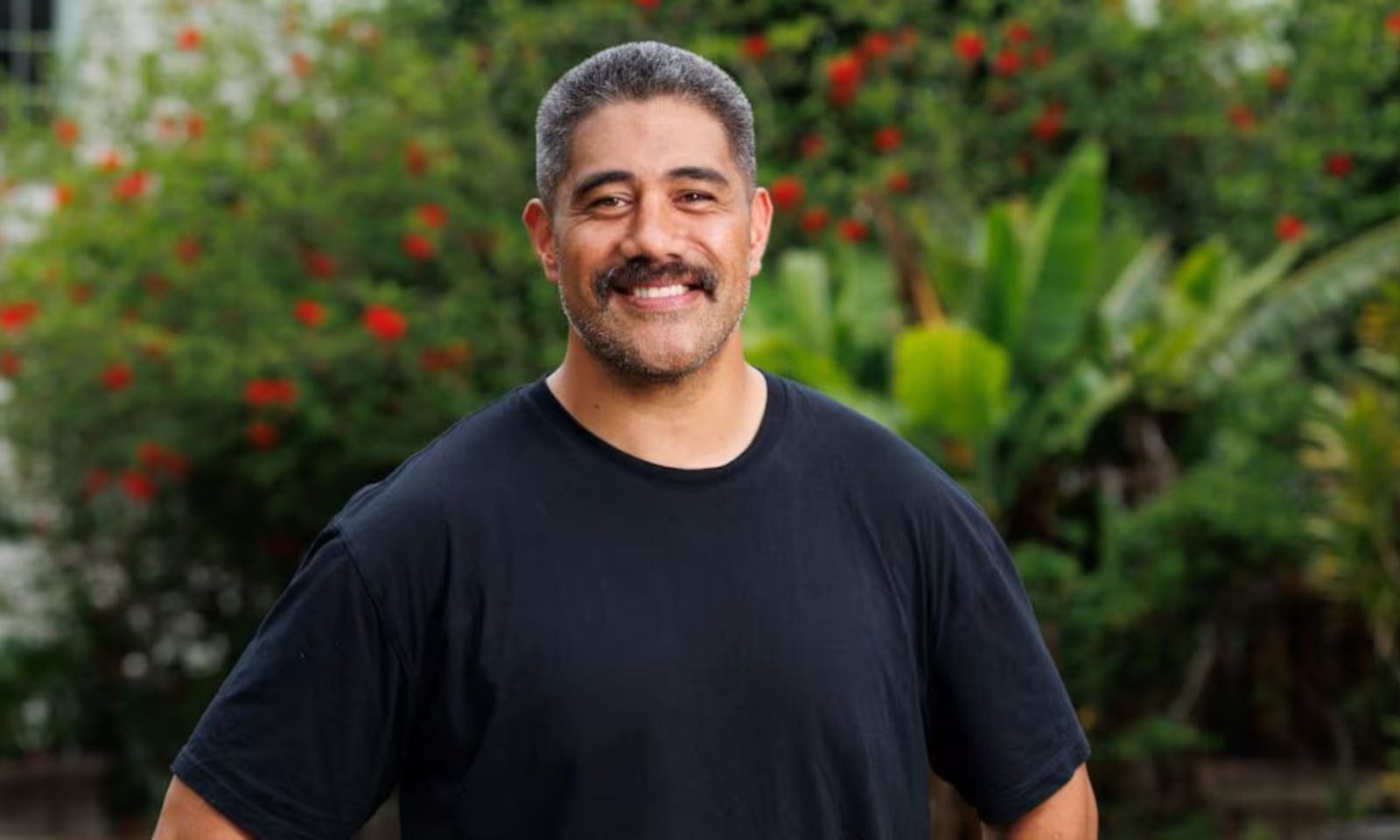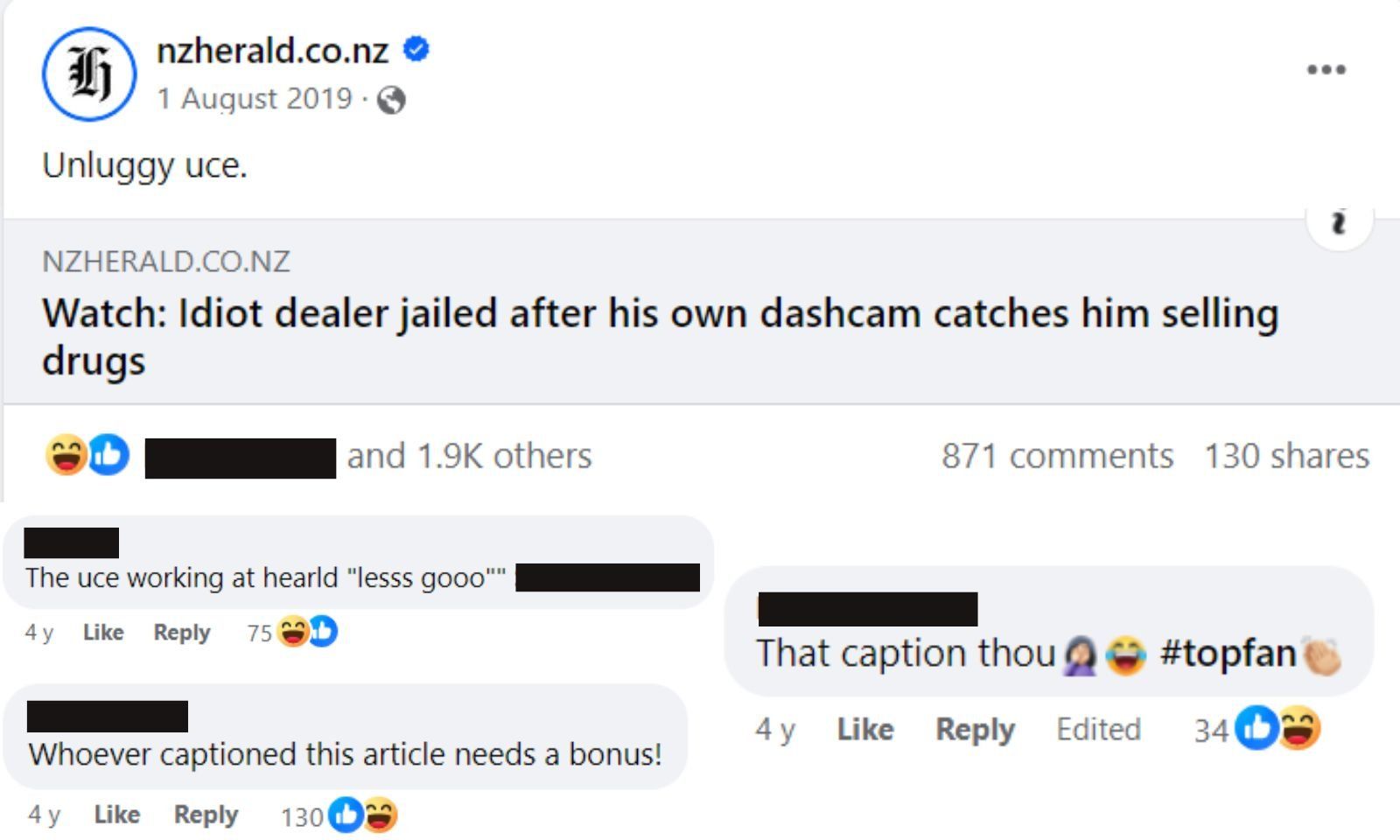

Photo /Canva
Does ‘Pacific’ just mean Sāmoan in New Zealand?
PMN’s Aui’a Vaimaila Leatinu’u dives into the sentiment that Sāmoans are overrepresented in Pacific spaces, speaking to Sāmoan academics and how it’s all connected to colonialism and capitalism.



Villagers begin talks with government on sharing Manawanui compensation fund


Manu Sāmoa’s last chance: Journey of resilience ahead of the Dubai repechage


Samoa's ex-PM Fiamē sues Laaulialemalietoa for defamation over murder case claims

Villagers begin talks with government on sharing Manawanui compensation fund


Manu Sāmoa’s last chance: Journey of resilience ahead of the Dubai repechage
Does "Pacific" just mean Sāmoan in New Zealand?
This is a question a few close Pacific non-Sāmoan people have raised with me.
They'd go to Pacific spaces or workshops in university to find it's mostly run through a Sāmoan cultural lens. This is particularly seen with the use of the term “vā” - a Sāmoan concept for space* - which unintentionally overrides other Pacific concepts.
There have also been arguments made that Sāmoan culture overtly influences Pacific policy making. Dr Okusitino Mahina said in an NZ Herald article that given Pasifika is the Sāmoan version* of the word Pacific, it reflects the impact Sāmoan culture has on how New Zealand’s Pacific diaspora are defined.
I’ve also seen this for myself. During a visit to a museum last year, my partner and I noted that the Sāmoan, Tongan and Fijian displays were much larger than the smaller, cramped and merged Niuean and Cook Island displays.
Senior Law Lecturer for Auckland University, Fuimaono Dylan Asafo (Sāmoan villages of Salani, Satalo, Siumu, Moata'a, and Leufisa) agrees that the Sāmoan dominance of New Zealand’s Pacific culture is very real.
He says while it’s mainly connected to the higher population percentage of Sāmoans in Aotearoa, he also believes there is an active attempt by people in his ethnic demographic to ensure this influence is maintained.
Currently, Auckland's Pacific population is mostly Sāmoan (one in two), followed by Tongan (one in four), Cook Island Māori (two in ten) and Niuean (one in ten). Across NZ, Sāmoans make up roughly 46 per cent of the total population of Pacific peoples.
"That can be the basis for people arguing that that's why we represent or dominate Pacific spaces," Fuimaono says.
"But I find that unacceptable. I think it's a real political and social choice to have Sāmoans, and to some extent Tongans, dominate government departments and the Ministry of Pacific Peoples (MPP).
"I don't think MPP has done a breakdown of their staff but anecdotally I know that the majority are Sāmoan."
Fuimaono adds that the Auckland University Pacific staff are predominantly Sāmoan. He says this overrepresentation is a symptom of access, tracing back to the 1962 Treaty of Friendship, signed between NZ and the Sāmoan government. This treaty founded relations between the two countries based on close friendship with a focus on uplifting Sāmoan welfare.
Fuimaono says that Sāmoa was also the first Pacific country to gain independence within that year, which meant they were the first to lead negotiations for deals like this, leading to mass migration patterns to Aotearoa.
"It's a matter of structural privilege but it's a choice for that privilege to continue.
"Like within a Pacific gathering and there's so much fa'asāmoa. It's like there's little consideration for how that makes other Pacific groups feel.
"And so the purpose of a particular space, whether it's to make law and policy or bestow student opportunities like scholarships, can have real material implications in marginalising other Pacific ethnicities."

Fuimaono Dylan Asafo. Photo/ University of Auckland
'Unluggy uce': Sāmoanness permeating through spaces
Sāmoan-Niuean PhD student Asetoa Sam Pilisi (Alofi North and Avatele of Niue, Sato'alepai and Vailoa Palauli of Sāmoa) explains how this structural privilege continued from the 1960s, after the Treaty of Friendship was signed. He says the post-war economic growth between 1950 to 1966, a part of the Great Boom, led to an influx of Sāmoan migration to Aotearoa.
“Obviously some came before that and many have come after as well. As a result many Sāmoans being born here made up a large chunk of the Pacific community here,” Asetoa says.
Subsequent NZ governments would label arriving Pacific Peoples as Pacific Islanders, underpinning Albert Wendt's famous quote: "I am called a Pacific Islander when I arrive at Auckland Airport. Elsewhere, I'm Sāmoan.”
The term Pasifika would later be adopted, speculated to be in the 1980s, as a means for Pacific Peoples to regain control over their identity.

Asetoa Sam Pilisi. Photo/ Elise Manahan/University of Auckland
Fuimaono says identities like Pacific Islander or Pasifika remain broad umbrella terms largely informed by colonial categories of identity, imposed by colonial states like NZ, Australia and the US.
"They are ways that the state tried to capture diverse ethnic groups for population recording through census data," he says.
"Even though Pacific Peoples have long had connections and solidarity with each other before the existence of the New Zealand state. It's something that's largely determined by who's at the table."
Asetoa agrees, adding that many first-generation Pacific immigrants would have self-identified by family names, village names or like with the Cook Islands - island groups.
He says as we've mobilised underneath umbrella terms like Pasifika or Pacific Peoples, that it's vital to remember the diversity behind that title especially since its composition, dominated by Sāmoan numbers, can create a "default" in how people view and approach it.
"Maybe as a default for that title [of Pasifika], mostly Sāmoanness will come through, so it's a matter of finding opportunities to fill that gap.
"I've got some very close Arab friends that know what uso [the Sāmoan word for brother] is. They know some of the swear words of the Sāmoan language as well.
"So, we can consider the influence of Sāmoans, in the workplace or school, permeates through until we have non-Pacific people pick up the language."
Asetoa says Sāmoanness has also permeated mainstream spaces, like an NZ Herald article that used the popular phrase "unluggy uce", highlighting the far-reaching influence of the largest Pacific community residing in Aotearoa for a long time.

Photo/ NZ Herald/Facebook
"I know some Sāmoans are aware that there's some dominance of Sāmoan concepts," Asetoa says.
"My Niuean-self says 'love it, but let's come with some other concepts', but sometimes my Sāmoan self goes 'there's nothing wrong with some Sāmoan concepts'."
For Fuimaono, it all boils down to colonialism and capitalism, which encourage competition for status and resources that lead to issues like Sāmoan dominance in the Pacific diaspora.
He says although Sāmoans or any dominant group could attempt to share space equitability, it wouldn't solve the lack of equity caused by colonialism in the first place.
Fuimaono adds that colonialism and capitalism directly conflict with the community-based systems of both Pacific peoples and Māori which have operated for centuries in a pre-colonial context.
"We see competition across all migrant groups, especially within the Pacific migrants, where there's a need to secure stability and security.
"That's what leads to the maintenance of dominance. People aren't willing to give up space because that can be giving up capital or resources.
"That's what capitalism does. It makes you feel that resources can never be equitably shared. It's always got to be a competition. So, that's the broader structural requirement - to divest from capitalism."
*The vā is not a concept or term exclusive to Sāmoans. What our article is refering to, is how in NZ Pacific settings, the Sāmoan understanding of the vā is how it's often intrepreted or experienced
*In the referenced NZ Herald article regarding Pasifika’s etymology, the article doesn’t call Pasifika a Sāmoan translation or transliteration, but a “Sāmoan version” of Pacific. The Sāmoan transliteration of “Pacific” is “Pasefika”.
Furthermore, Mahina said it’s Sāmoans who came up with the label “Pasifika”, because of the higher Sāmoan population percentage in NZ's Pacific diaspora, which therefore gives the Sāmoan community "the most power". This relates to Fuimaono’s comments on how Pacific umbrella terms are determined by “who’s at the table".